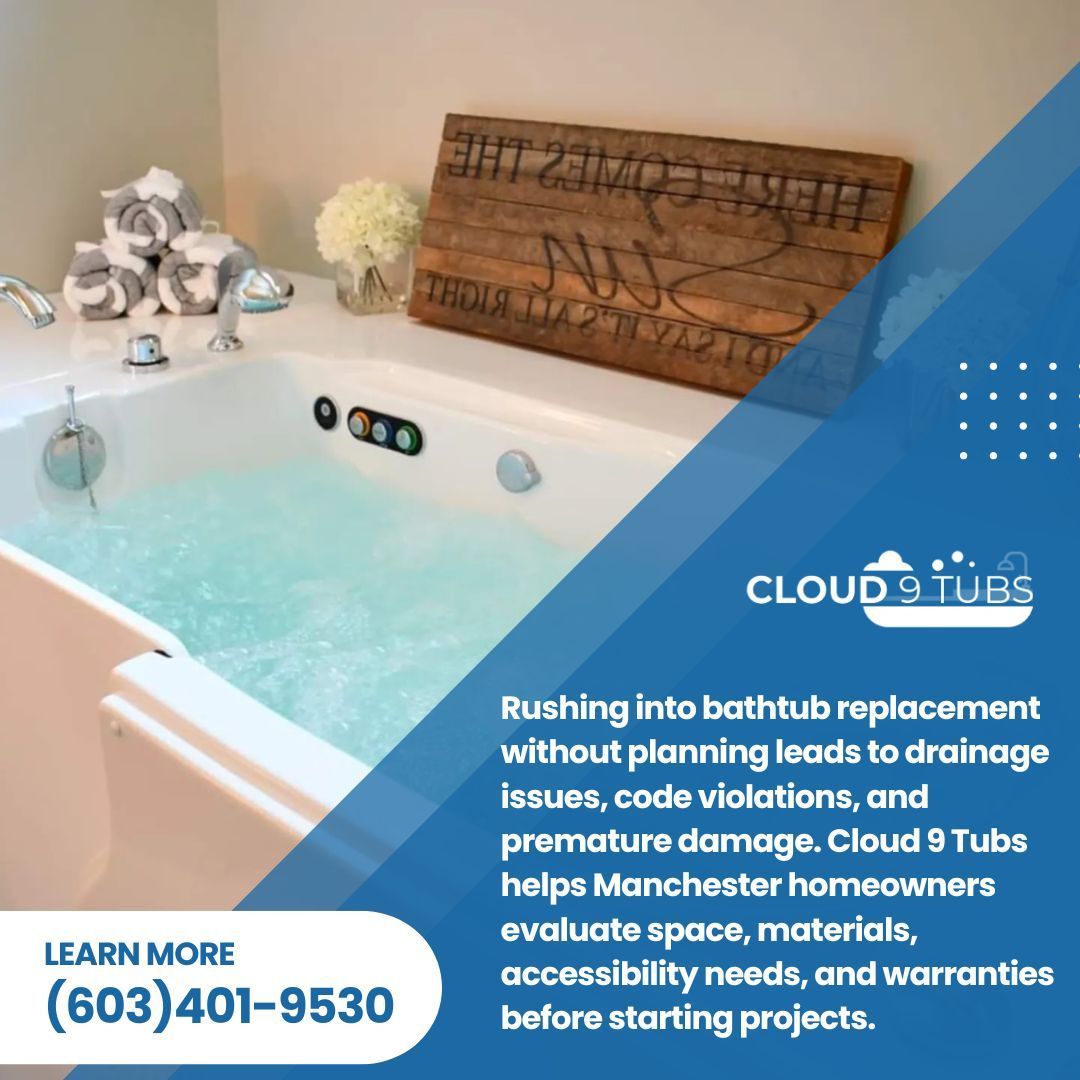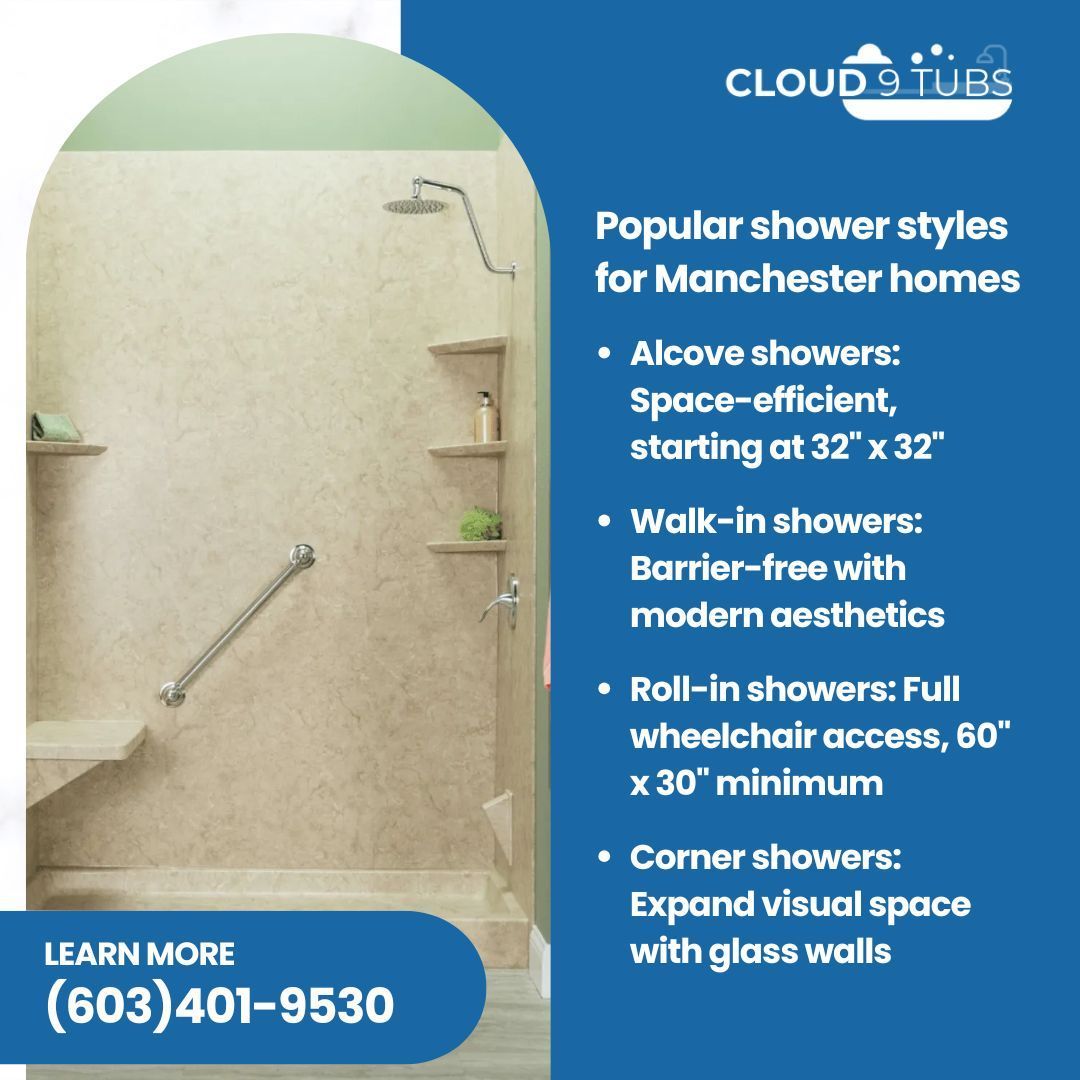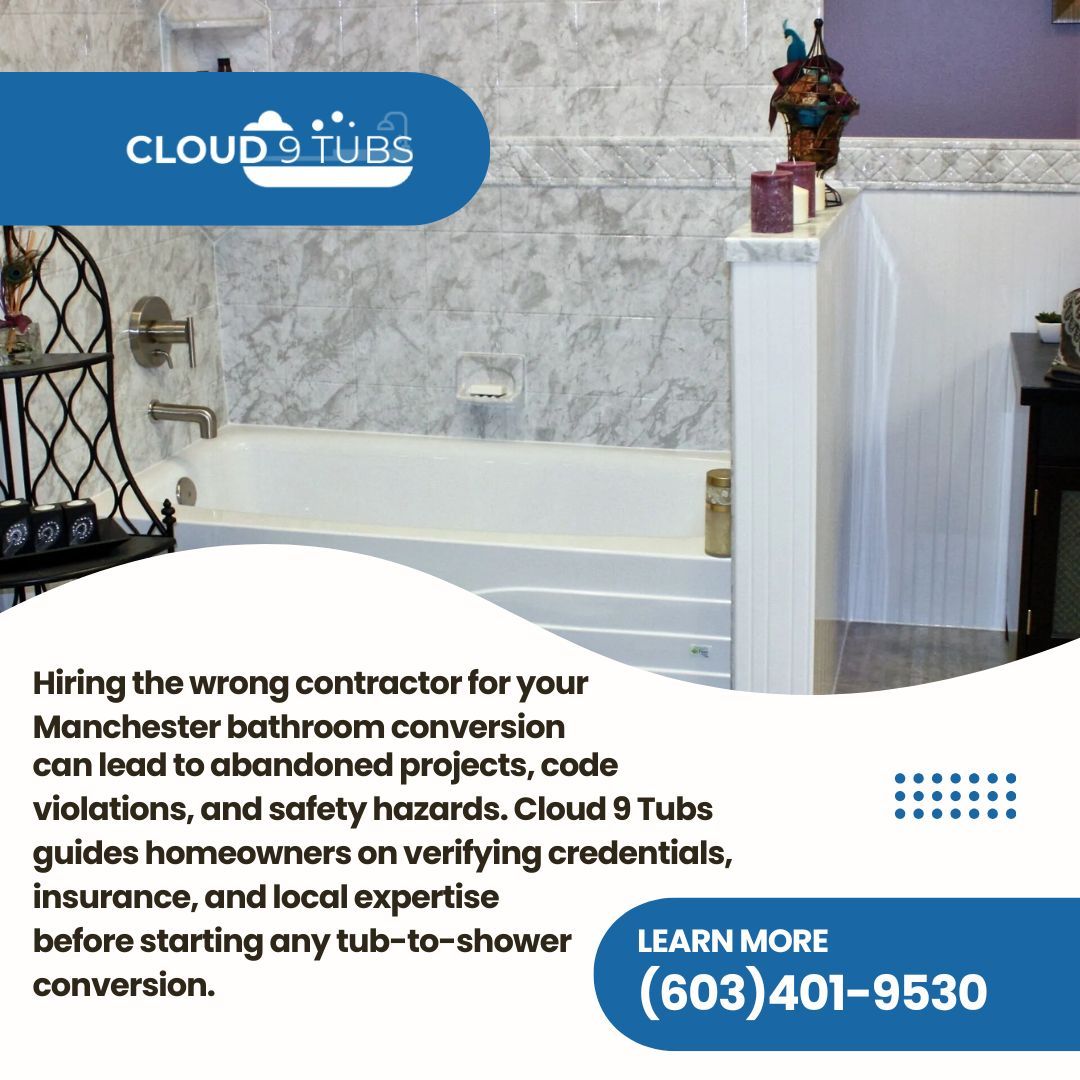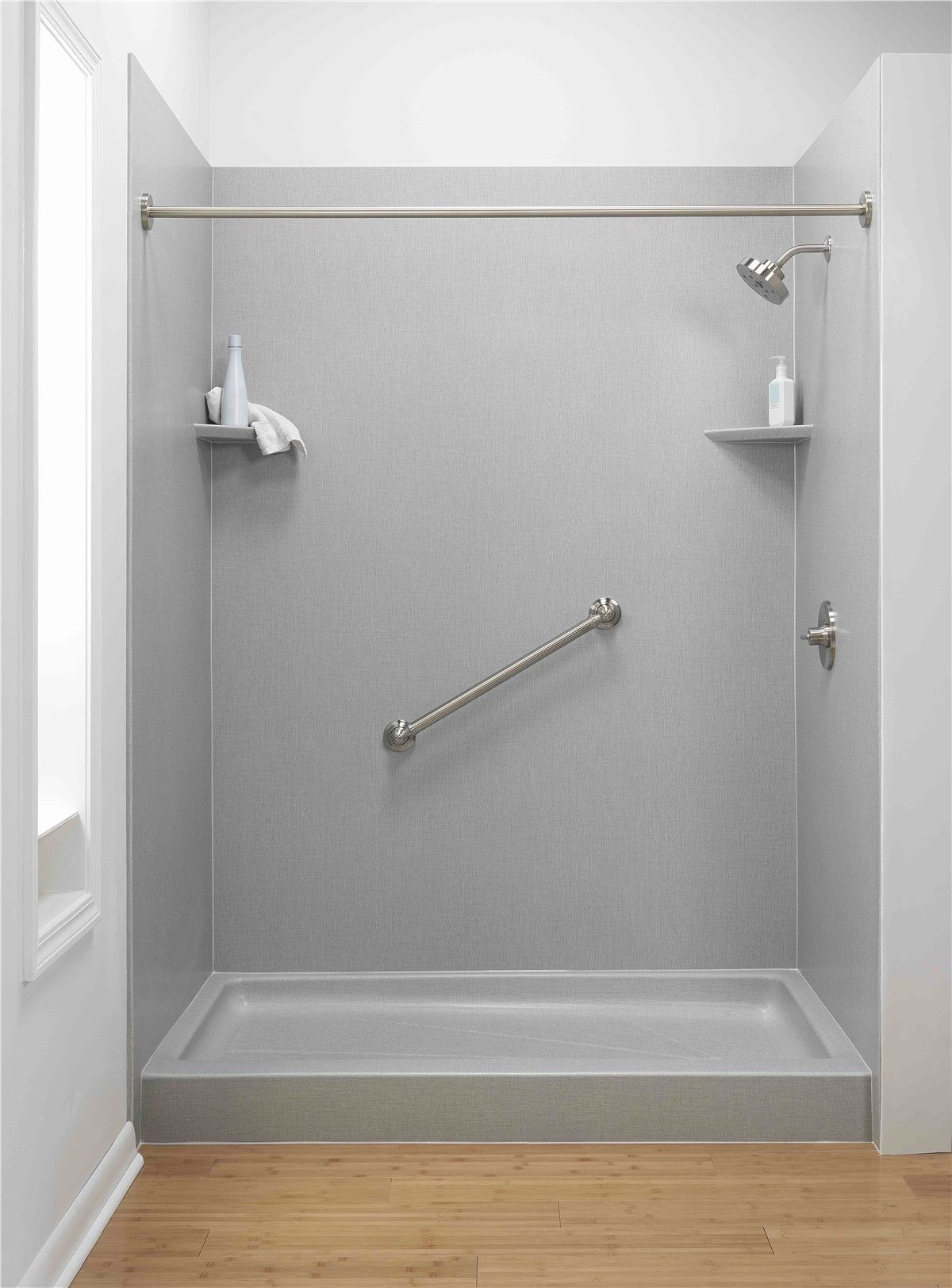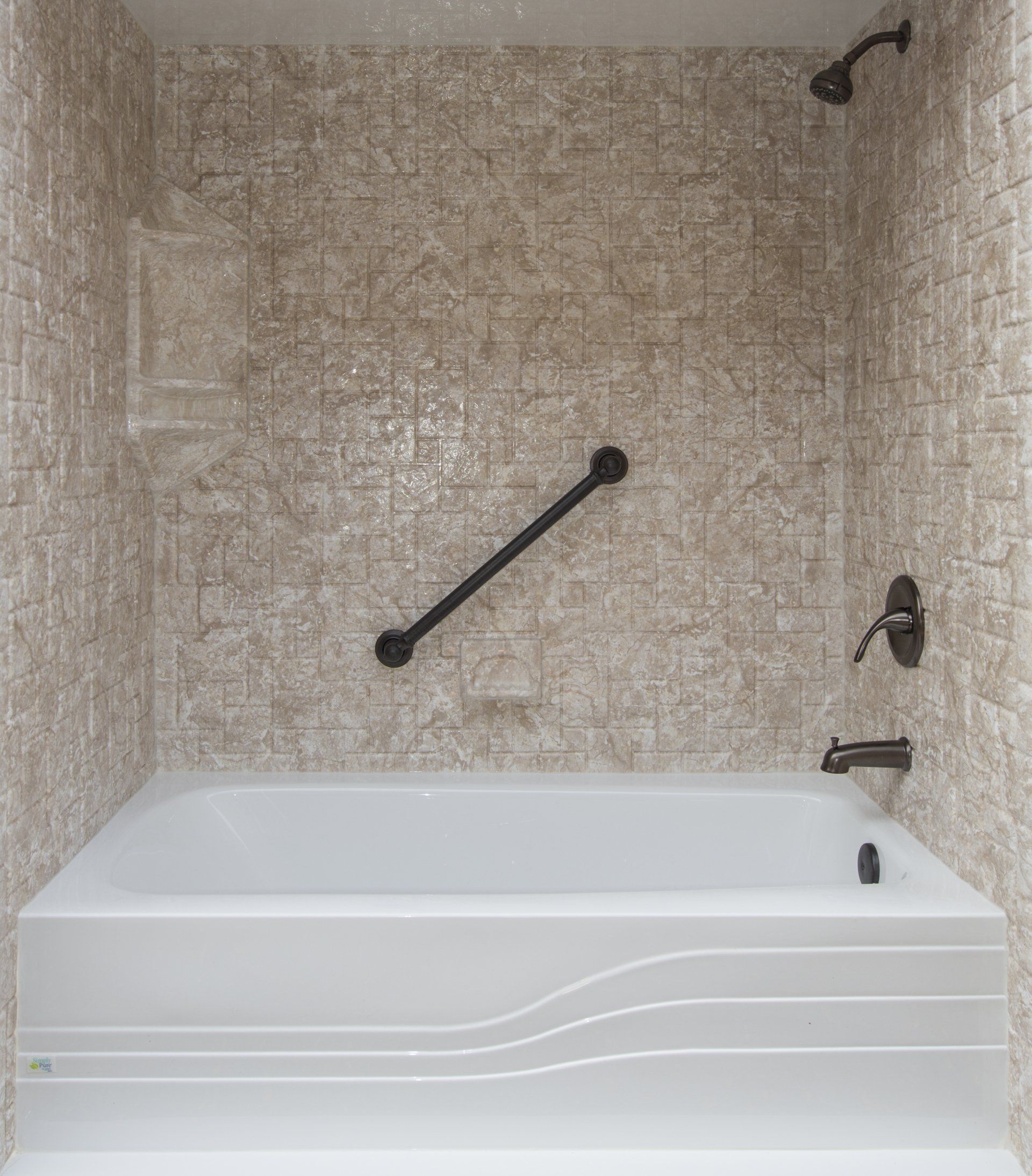What Is a Roll-In Shower and Why You Might Need One
When it comes to creating a bathroom that’s both stylish and accessible, one of the best options out there is a roll-in shower. But what exactly is a roll-in shower? Whether you’re upgrading your bathroom for aging in place, or simply want to enhance the safety and convenience of your bathing experience, understanding what a roll-in shower is and how it can benefit you is essential.
What Is a Roll-In Shower?
A roll-in shower, also known as a zero-threshold shower or barrier-free shower, is a type of shower that is designed with accessibility in mind. Unlike traditional showers, a roll-in shower doesn’t have a curb or threshold at the entrance, making it easy for individuals with mobility challenges to enter and exit. This is especially beneficial for those who use wheelchairs, walkers, or have difficulty stepping over a standard shower curb.
Key Features of a Roll-In Shower
One of the standout features of a roll-in shower is its flat or nearly flat entry, which eliminates the need for stepping over any barrier. The floor of the shower is level with the bathroom floor, allowing for a seamless transition. This not only enhances accessibility but also reduces the risk of trips and falls—a critical consideration for anyone looking to make their bathroom a safer space.
Another important feature is the use of slip-resistant flooring within the shower. This is crucial for preventing accidents, especially in a wet environment. Many roll-in showers are also equipped with grab bars, built-in seating, and handheld showerheads, all designed to make the showering experience as safe and comfortable as possible.
Why You Might Consider a Roll-In Shower
So, why would you want to install a roll-in shower in your home? First and foremost, it’s about safety. Bathrooms are one of the most common places in the home where accidents happen, and the risk only increases as we age or if we have limited mobility. A roll-in shower can significantly reduce the chances of a fall, giving you peace of mind every time you step into the bathroom.
But safety isn’t the only benefit. Roll-in showers also offer convenience and a touch of luxury. Imagine the ease of simply rolling or walking into your shower without any obstacles. No more worrying about stepping over a high threshold or dealing with shower doors that can be tricky to maneuver. Plus, roll-in showers often come with customizable options, so you can add features like multiple showerheads, custom tile, or even steam capabilities to create a spa-like experience right in your own home.
The Installation Process: What to Expect
When you’re ready to make the switch to a roll-in shower, it’s natural to wonder what the installation process will be like. The good news is that with professionals like Cloud 9 Tubs LLC, the transition can be smooth and hassle-free. Typically, the process starts with a consultation where we assess your bathroom’s layout, discuss your needs, and come up with a plan that fits both your style and safety requirements.
One of the advantages of choosing Cloud 9 Tubs LLC is our commitment to low-impact installations. In most cases, we can remove your old tub or shower and install the new roll-in shower in just one day. This minimizes disruption to your daily routine and allows you to start enjoying the benefits of your new shower almost immediately.
During installation, our team takes care to protect your home and keep the workspace clean. We handle everything from plumbing adjustments to custom fitting the shower base and walls. By the time we’re done, you’ll have a beautiful, functional shower that not only enhances your bathroom but also meets all your accessibility needs.
Roll-In Showers vs. Walk-In Showers: What’s the Difference?
You might be wondering how a roll-in shower compares to a walk-in shower, as the terms are often used interchangeably. While both options are great for accessibility, they do have some differences.
A walk-in shower generally has a small curb or threshold that you need to step over to enter the shower. This can still be accessible for many people, but it’s not ideal for those who use wheelchairs or have significant mobility issues. On the other hand, a roll-in shower completely eliminates this barrier, offering a truly seamless entry.
Roll-in showers are specifically designed with universal access in mind, making them the better choice for individuals who need to move directly from a wheelchair into the shower space. However, if you don’t require a completely barrier-free shower, a walk-in shower might still be a great option, especially if you want to combine it with other features like a built-in bench or luxurious rainfall showerheads.
Is a Roll-In Shower Right for You?
Deciding whether a roll-in shower is right for you depends on a few factors, such as your current and future mobility needs, the size of your bathroom, and your overall goals for the space. If you’re planning to age in place or if someone in your household has mobility challenges, a roll-in shower is definitely worth considering. It not only adds to the safety and accessibility of your bathroom but also enhances the overall value of your home.
At Cloud 9 Tubs LLC, we’re here to help you make the best decision for your needs. We take the time to listen to your concerns, answer your questions, and guide you through the entire process from start to finish. With our no-pressure sales approach, you can feel confident that you’re making an informed choice that you’ll be happy with for years to come.
Ready to Transform Your Bathroom?
If you’re ready to explore the possibilities of a roll-in shower or any other accessible bathing solutions, we’re here to help. Contact Cloud 9 Tubs LLC today to schedule a consultation and learn more about how we can make your bathroom a safer, more beautiful place.
Remember, we stand by the quality of our work with a lifetime warranty on our products. Our commitment to you doesn’t end when the installation is complete—we’re here for the long haul, ensuring that your new shower meets your needs and exceeds your expectations.
Blog
